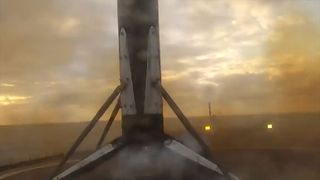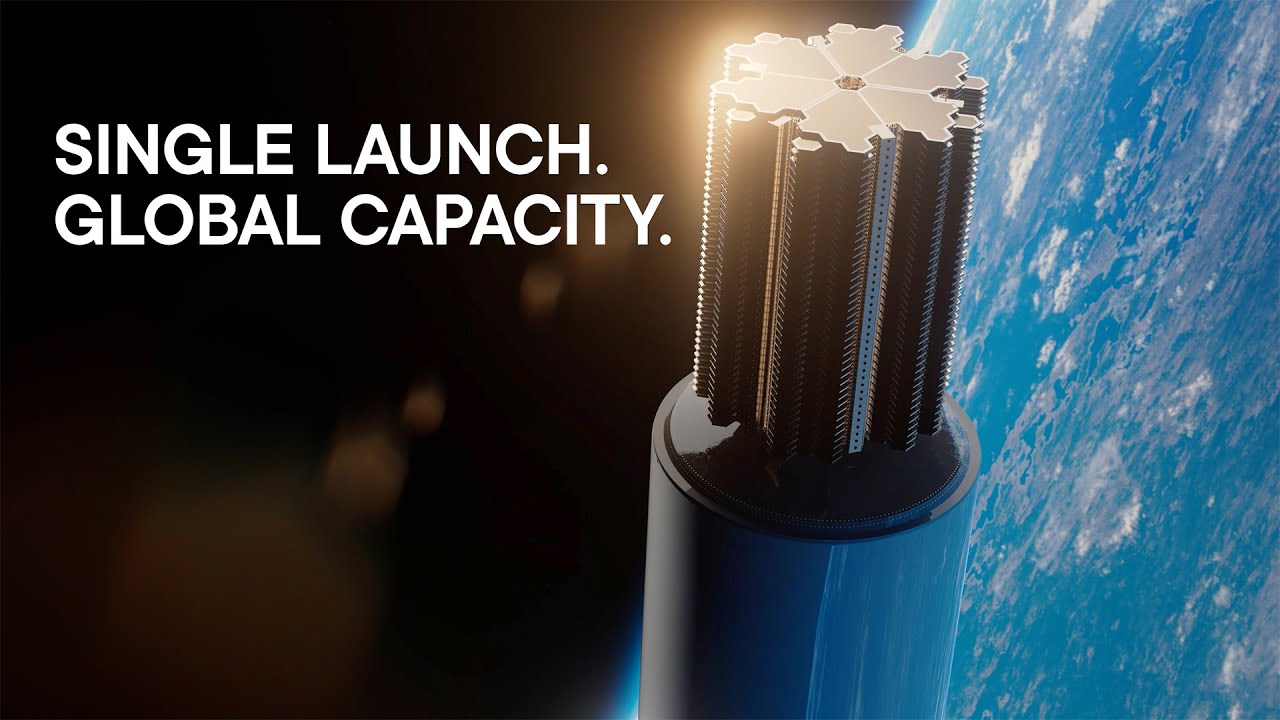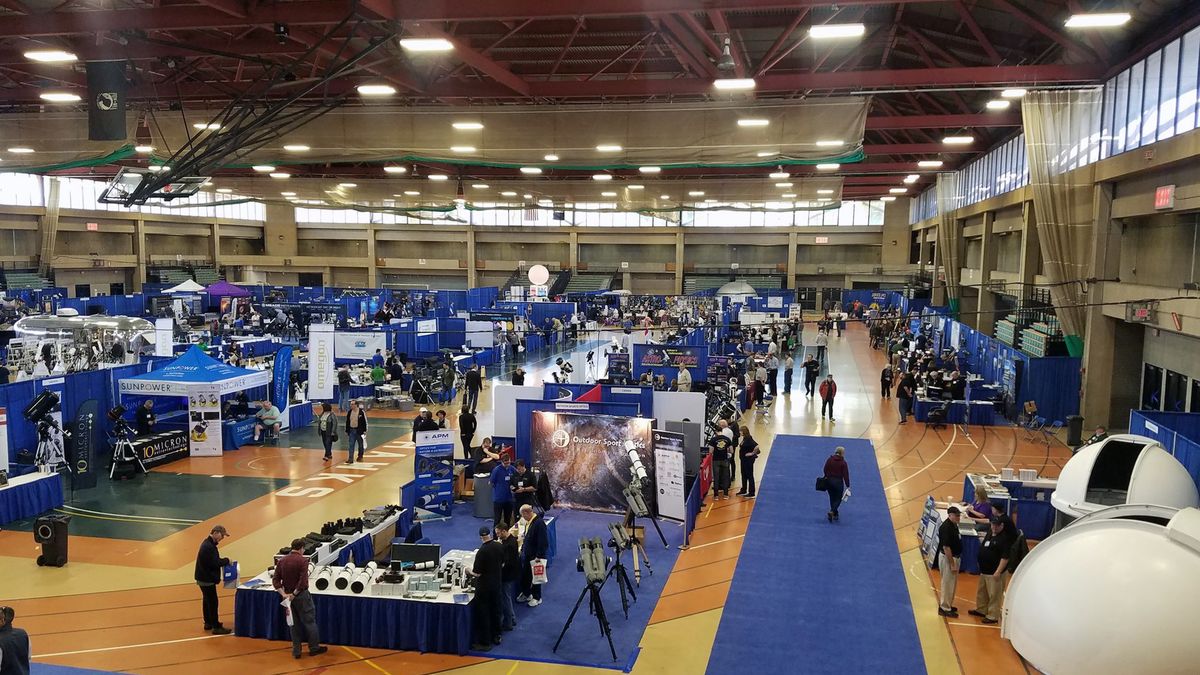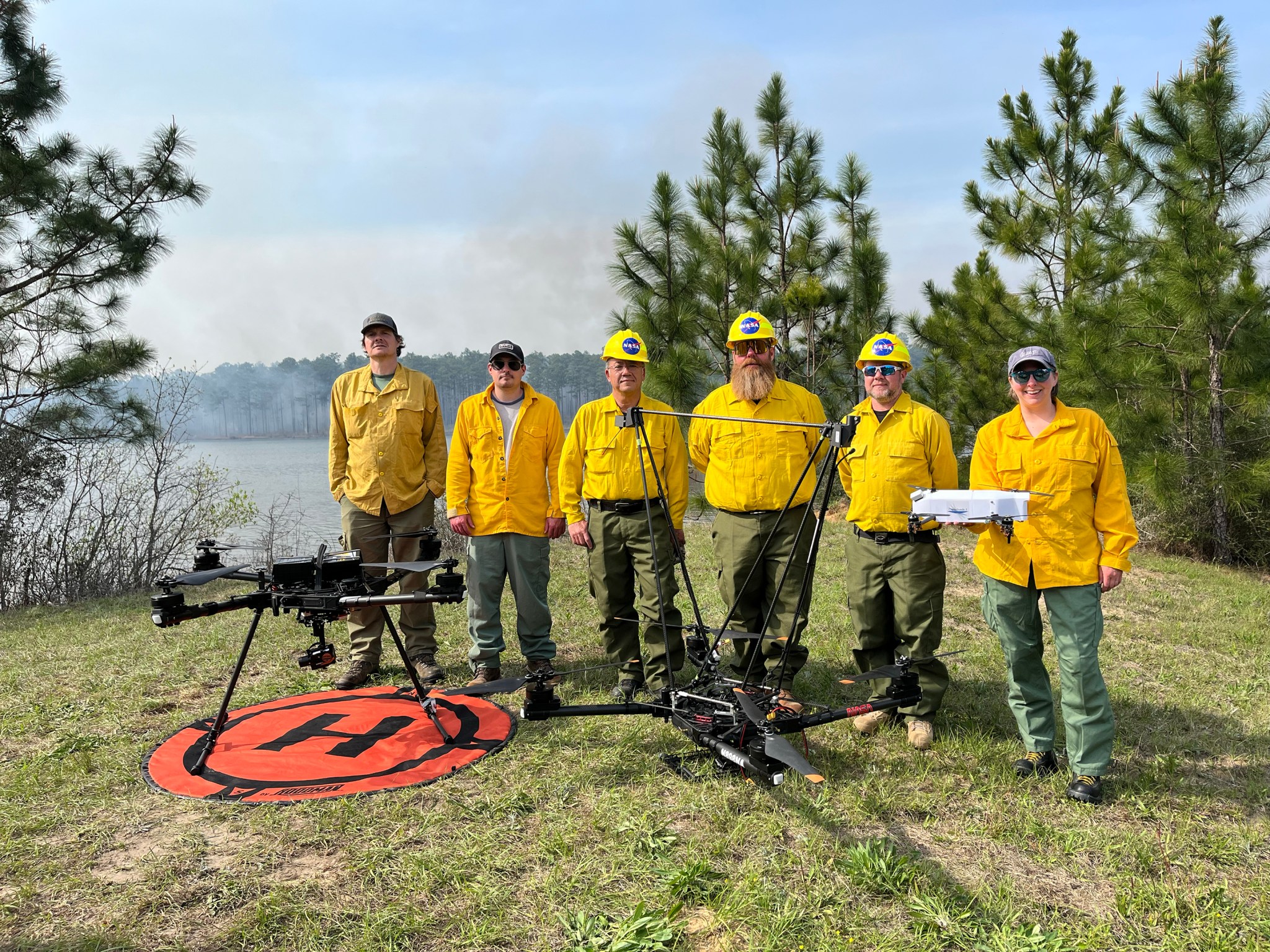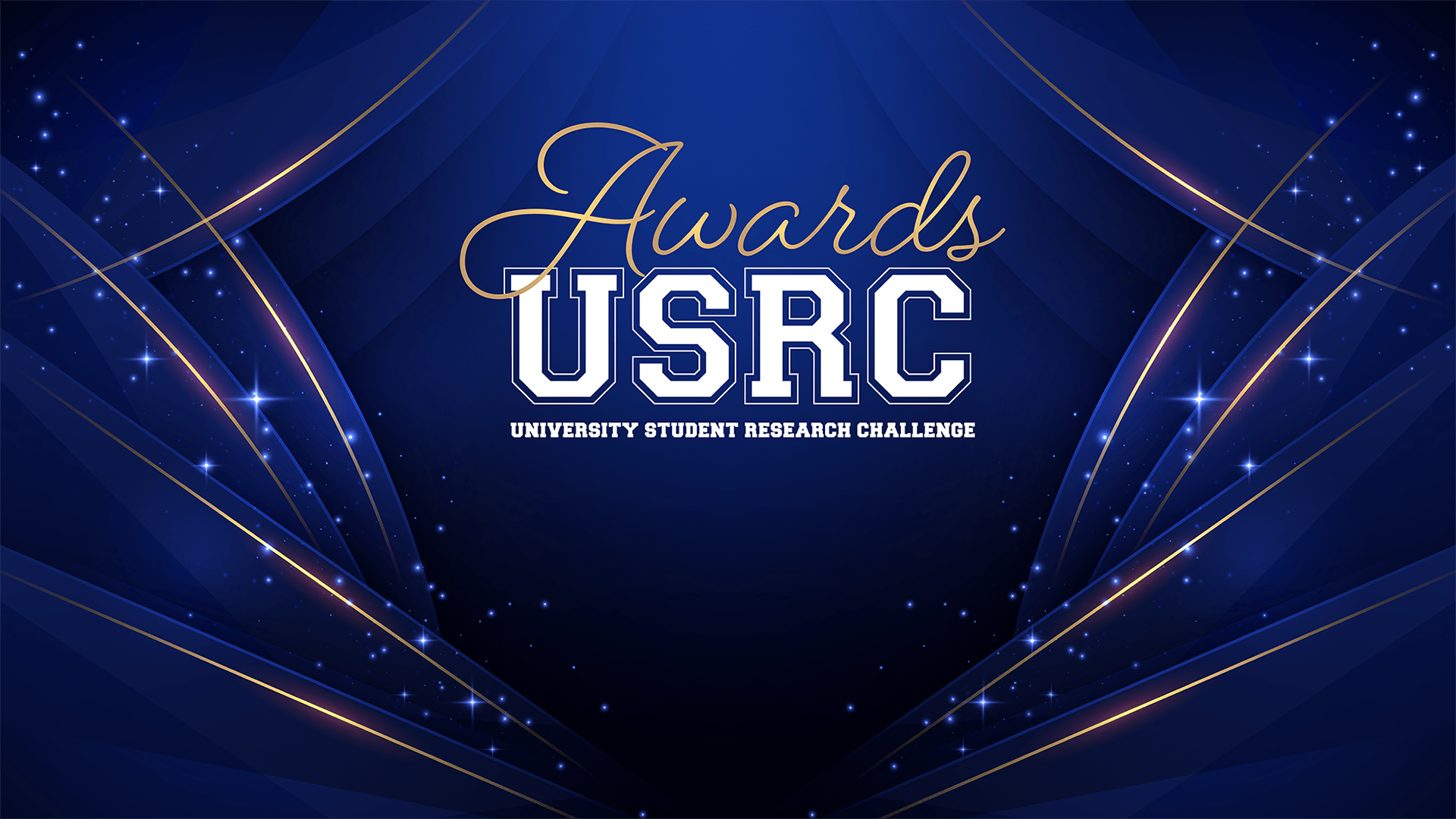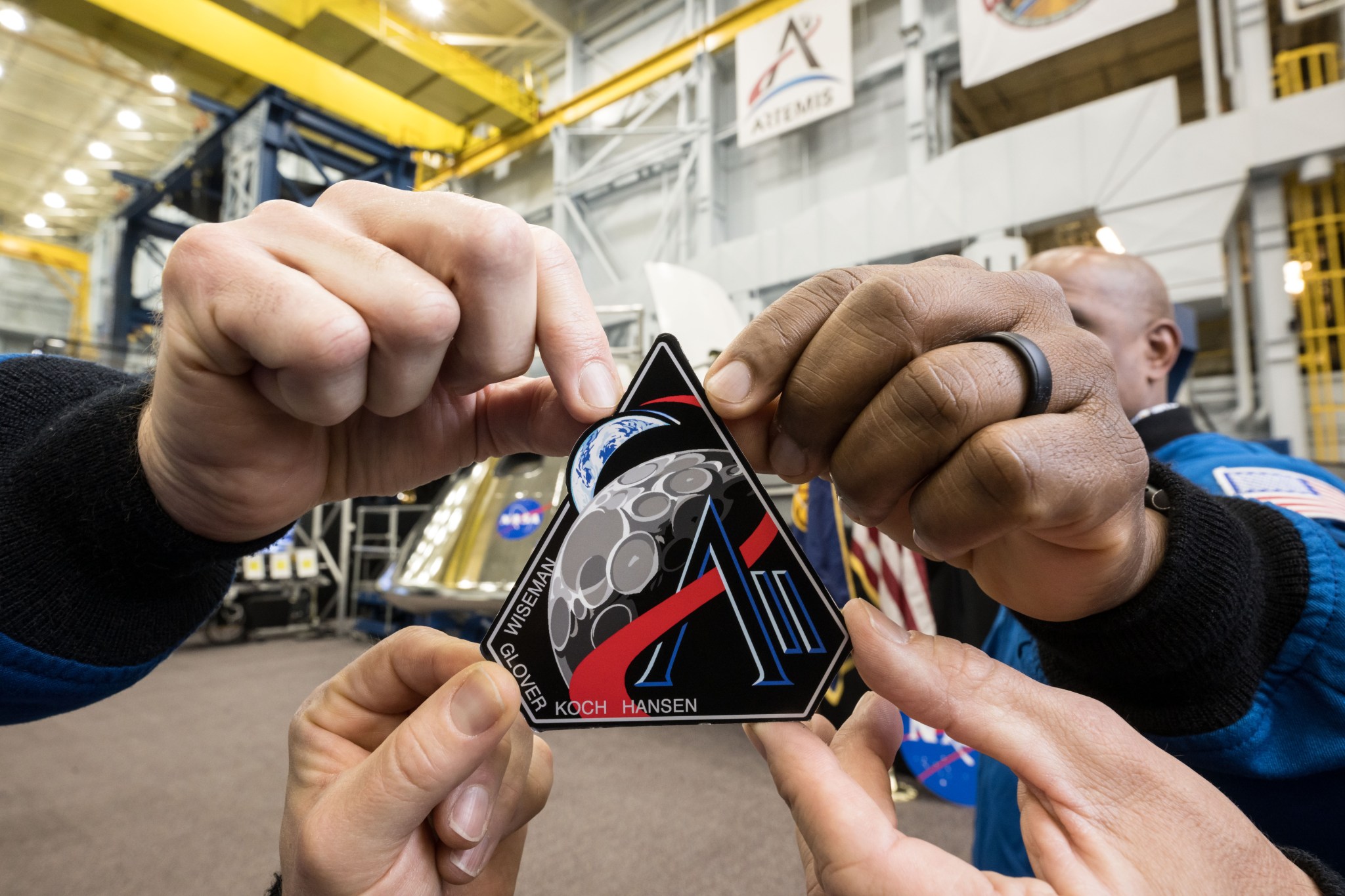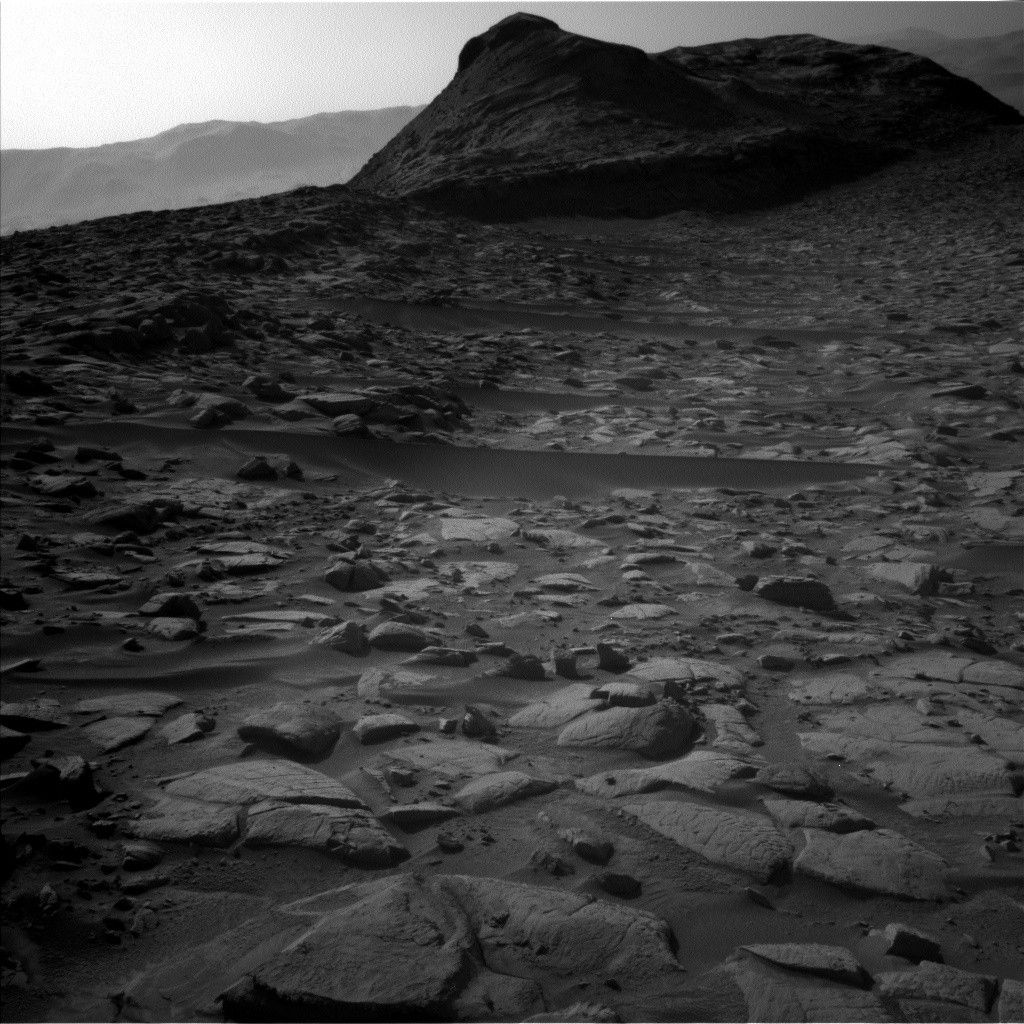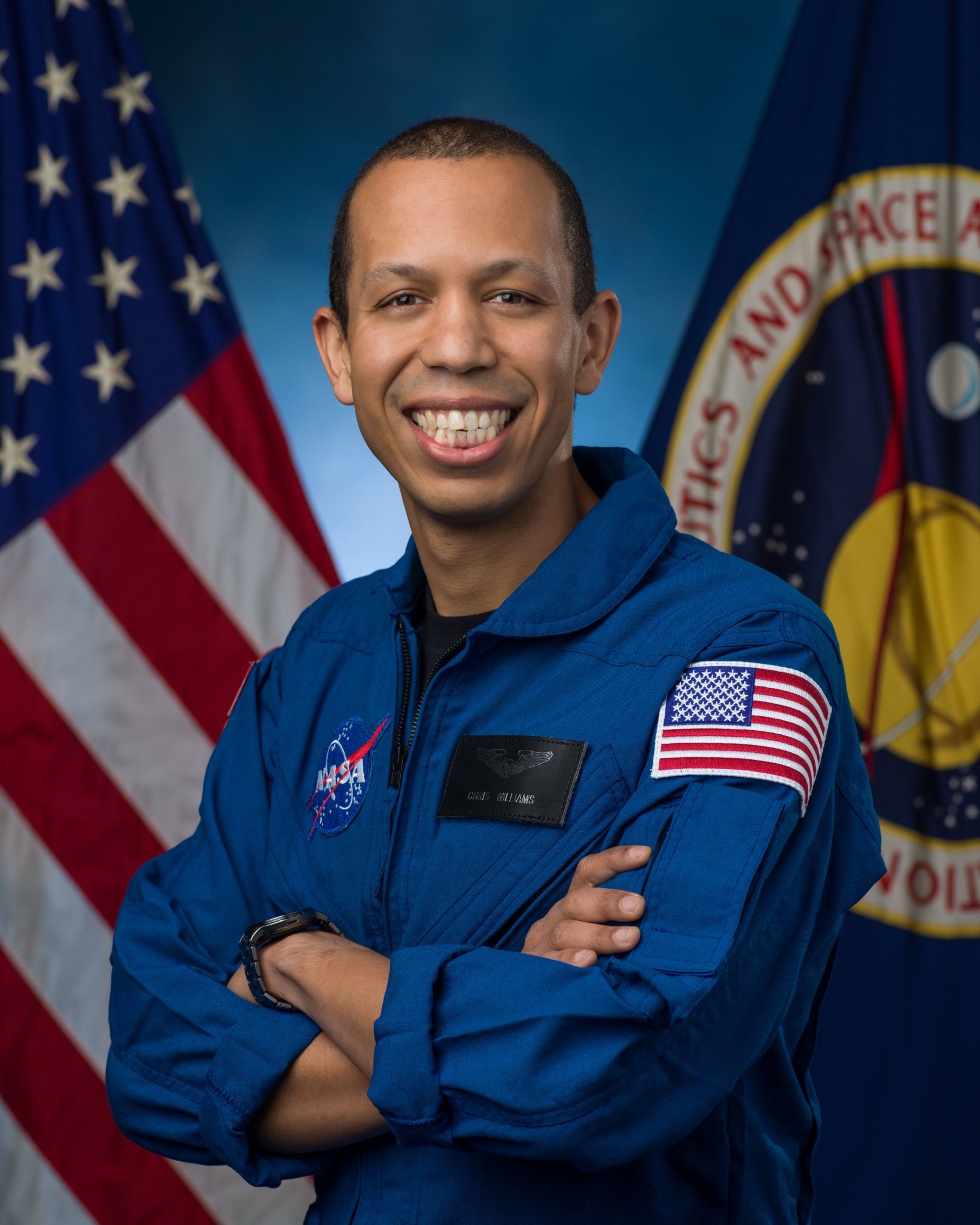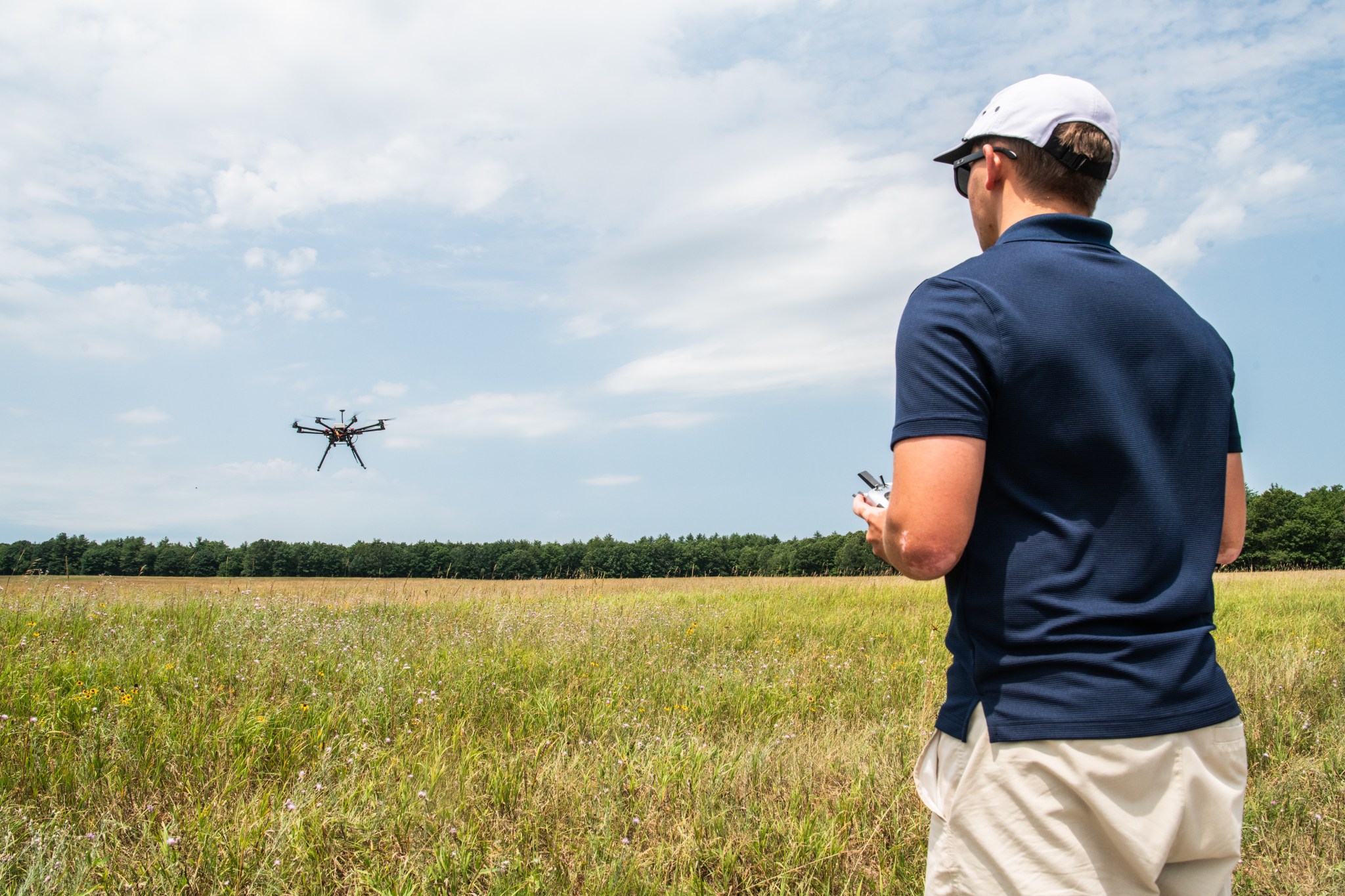SpaceX sent 27 of its Starlink internet satellites toward low Earth orbit from California this evening (April 3). A Falcon 9 rocket carrying the Starlink craft lifted off from Vandenberg Space Force Base today at 9:02 p.m. EDT (6:02 p.m. local California time; 0102 GMT on April 4). A little over eight minutes later, the rocket’s first stage touched down on the SpaceX drone ship “Of Course I Still Love You,” which was stationed in the Pacific Ocean. It was the fifth launch and landing for this particular booster, according…
Read MoreAuthor: NeRD
SpinLaunch wants to send 250 broadband ‘microsatellites’ to orbit with a single launch
SpinLaunch has unveiled its plans for a new broadband satellite constellation known as Meridian Space. The Meridian Space constellation will consist of small “microsatellites” that can be sent to low-Earth orbit with as many as 250 spacecraft on a single launch vehicle, according to SpinLaunch. The company received $12M in funding from Kongsberg NanoAvionics to help develop and commercialize the satellites, with a planned launch date of 2026 for its first on-orbit demonstrator. It’s unclear if SpinLaunch will be launching the demonstrator itself with its revolutionary rocket-flinging centrifuge or if…
Read MoreI’m going to a huge astronomy expo to see the latest telescope tech this weekend. I won’t be alone.
A small town in New York is about to become stargazing central for thousands of space fans hoping to check out the latest telescopes and more. And this year may be the event’s biggest yet. The Northeast Astronomy Forum 2025 (NEAF) is billed as the “world’s largest astronomy and space expo,” and runs this weekend from April 5-6 at the State University of New York Rockland Community College in Suffern, New York. “We are expecting record turnout as gauged by the advance ticket sales,” NEAF exhibit coordinator Sarah Colker, a…
Read MoreNASA Supports Wildland Fire Technology Demonstration
3 min read Preparations for Next Moonwalk Simulations Underway (and Underwater) Drones were a key part of testing new technology in support of a prescribed burn in Geneva State Forest, which is about 100 miles south of Montgomery, Alabama. The effort is part of the agency’s multi-year FireSense project, which is aimed at testing technologies that could eventually serve the U.S. Forest Service as well as local, state, and other federal wildland fire agencies. From left are Tim Wallace and Michael Filicchia of the Desert Research Institute in Nevada; Derek…
Read MoreUniversity Student Research Challenge (USRC) Awards
13 min read Preparations for Next Moonwalk Simulations Underway (and Underwater) Getty Images University Student Research Challenge (USRC) seeks to challenge students to propose new ideas/concepts that are relevant to NASA Aeronautics. USRC will provide students, from accredited U.S. colleges or universities, with grants for their projects and with the challenge of raising cost share funds through a crowdfunding campaign. The process of creating and implementing a crowdfunding campaign acts as a teaching accelerator – requiring students to act like entrepreneurs and raise awareness about their research among the public.…
Read MoreArtemis II Insignia Honors All
Robert Markowitz The four astronauts who will be the first to fly to the Moon under NASA’s Artemis campaign have designed an emblem to represent their mission that references both their distant destination and the home they will return to. The crew unveiled their patch in this April 2, 2025, photo. The crew explained the patch’s symbolism, and its play on the abbreviation of Artemis II to AII, with the following description: The Artemis II test flight begins when a mighty team launches the first crew of the Artemis generation.…
Read MoreSols 4498-4499: Flexing Our Arm Once Again
Curiosity Navigation Curiosity Home Mission Overview Where is Curiosity? Mission Updates Science Overview Instruments Highlights Exploration Goals News and Features Multimedia Curiosity Raw Images Images Videos Audio Mosaics More Resources Mars Missions Mars Sample Return Mars Perseverance Rover Mars Curiosity Rover MAVEN Mars Reconnaissance Orbiter Mars Odyssey More Mars Missions Mars Home 3 min read Sols 4498-4499: Flexing Our Arm Once Again NASA’s Mars rover Curiosity acquired this image using its Left Navigation Camera on March 30, 2025 — Sol 4496, or Martian day 4,496 of the Mars Science Laboratory…
Read MoreNASA Astronaut Chris Williams Assigned to First Space Station Mission
NASA astronaut Christopher Williams poses for a portrait at NASA’s Johnson Space Center in Houston, Texas. Credit: NASA NASA astronaut Chris Williams will embark on his first mission to the International Space Station, serving as a flight engineer and Expedition 74 crew member. Williams will launch aboard the Roscosmos Soyuz MS-28 spacecraft in November, accompanied by Roscosmos cosmonauts Sergey Kud-Sverchkov and Sergei Mikaev. After launching from the Baikonur Cosmodrome in Kazakhstan, the trio will spend approximately eight months aboard the orbiting laboratory. During his expedition, Williams will conduct scientific investigations…
Read More‘Star Trek: Strange New Worlds’ Season 3 teaser trailer promises more gimmicky hijinks in the final frontier (video)
Technically, this isn’t the first footage shown by Paramount+ for the third season of “Star Trek: Strange New Worlds.” That label goes to a fun San Diego Comic-Con scene of Pike and crew physically transforming into Vulcans that we shared with you back in July of last year. But this latest sneak peek at the “Discovery” spin-off series hints at new genre-bending installments being given a certain “Star Trek” twist that include a candy-colored retro-style romp, a cheesy romantic comedy, a “Clue”-like ’70s-set murder mystery and a straight-laced documentary-based episode.…
Read MoreNASA Makes Progress on Advanced Drone Safety Management System
4 min read Preparations for Next Moonwalk Simulations Underway (and Underwater) A Massachusetts Institute of Technology Lincoln Laboratory pilot controls a drone during NASA’s In-Time Aviation Safety Management System test series in collaboration with a George Washington University team July 17-18, 2024, at the U.S. Army’s Fort Devens in Devens, Massachusetts. MIT Lincoln Laboratory/Jay Couturier From agriculture and law enforcement to entertainment and disaster response, industries are increasingly turning to drones for help, but the growing volume of these aircraft will require trusted safety management systems to maintain safe operations.…
Read More